19+ Nonvascular Plants Lack
They not only lack vascular tissues. Nonvascular plants belong to the division Bryophyta which includes mosses liverworts and hornworts.
6 L 5b 1 How Vascular Nonvascular Transport Food Water South Carolina 6th Grade Science
Non-vascular plants are plants mostly found in damp and moist areas and lack specialized vascular tissues.
. Although non-vascular plants lack these particular tissues many possess simpler tissues that are specialized for internal transport of water. Web Non-vascular plants are a diverse group of plants with approximately 20000 living species presenting a wide geographical distribution ranging from tropical forests to high latitude tundra to high mountain ranges. Flowering plants became important parts of the worlds terrestrial.
This includes everything from higher structured forms of green algae which have plant-like characteristics to mosses Bryophyta liverworts Marchantiophyta and hornworts Anthocerotophyta. The gametes formed by bryophytes swim using flagella. They are water dependent because their sperm is flagellated and lack vascular tissue.
Web Informally known as bryophytes nonvascular plants lack specialized vascular tissue xylem and phloem for internal water and food conduction and support. The diploid sporophyte is barely noticeable. Web Regina Bailey Updated on July 16 2018 Non-vascular plants or bryophytes include the most primitive forms of land vegetation.
Web A nonvascular plant is any species of plant which does not have specialized vascular tissues. They often grow in colonies that carpet the ground. Web Nonvascular Plants Defined.
The liverworts mosses and hornworts Shaw et al 2011. Web Liverworts are tiny nonvascular plants that have leaf-like lobed or ribbon-like photosynthetic tissues rather than leaves. Thus option C is correct.
Non-vascular plants are plants without a vascular system consisting of xylem and phloem. Web Nonvascular plants are a classification of plants that lack a vascular system specifically the xylem and phloem that transport nutrients and water to the plant. Due to their lack of vasculature and dependence on swimming sperm these organisms require habitats with ample water.
Their rhizoids are very fine they lack stems and they are generally less than 10 centimeters 4 inches tall. Most bryophytes are small. Web Although the name nontracheophyte is more accurate bryophytes are commonly referred to as nonvascular plants.
Non-vascular plants are a type of plant that does not have a vascular system. Web Nonvascular land plants lack true xylem and phloem. Web Liverworts hornworts and mosses are thee examples of non-vascular plants.
Bryophyte traditional name for any nonvascular seedless plantnamely any of the mosses division Bryophyta hornworts division Anthocerotophyta and liverworts division Marchantiophyta. Web Nonvascular Plants Were the First Plants on Earth. Web Land Plants Without Vascular Tissues.
Web Terms in this set 36 Nonvascular plants lack _____ specialized cells that help support the plant as well as transport water and nutrients upward from their roots. Web Non-vascular plants are plants without a vascular system consisting of xylem and phloem. Unlike angiosperms non-vascular plants do not produce flowers fruit or seeds.
Vascular plants are also known as tracheophytes. Web Introduces nonvascular plants that lack roots stems leaves and vascular tissues xylem and phloem and describes the three divisions of non-vascular plants. Non-vascular plants include two distantly related groups.
In a bryophyte all the conspicuous vegetative organs belong to the haploid organism or gametophyte. Web Characteristics of Nonvascular Plants. In the alpine and boreal zones bryophytes often are the dominant life form.
They also do not possess true roots stems or leaves. Web Maize mustard rose cycad ferns clubmosses grasses and other vascular plants are examples. Liverworts hornworts and mosses.
Bryophytes are small lowgrowing plants of mostly moist environments in the temperate and tropical zones where they grow on the ground and as epiphytes on the trees and undergrowth. Nonvascular plants that live today include liverworts mosses and hornwortscollectively and informally known as bryophytes. What Are Non Vascular Plants In Biology.
Estimated5 minsto complete Progress Practice Nonvascular Plants Practice All Modalities Nonvascular Plants Do all plants have roots. These plants lack roots stems and leaves and are typically low-growing. These plants have no vascular tissue so the plants cannot retain water or deliver it to other parts of the plant body.
Web 52 Non-vascular plants. Non-vascular plants do not have a wide variety of specialized tissue types. Web The Non vascular plants lack seeds as there is no seed found in the non vascular plants.
Web Vascular plants are plants found on land that have lignified tissues for conducting water and minerals throughout the body of the plant. Web Introduces nonvascular plants that lack roots stems leaves and vascular tissues xylem and phloem and describes the three divisions of non-vascular plants. Instead they may possess simpler tissues that have specialized functions for the internal transport of water.
Some algae including green algae. Most bryophytes lack complex tissue organization yet they show considerable diversity in form and ecology. Instead of roots they have hair-like rhizoids to anchor them to the ground and to.
Liverworts hornworts and mosses. They reproduce with spores and need a moist habitat in order to thrive. Because these plants lack vascular tissue they are unable to retain water or transport it to other regions of the plant.
These plants lack the vascular tissue system needed for transporting water and nutrients. Web The earliest diverging lineages of land plants known collectively as the bryophytes or non-vascular plants have three major lineages. Bryophytes an informal group that taxonomists now.
Nonvascular plants are characterized by a lack of extensive vascular tissue and have no true roots leaves or stems. What is the example of Non vascular plants. They also lack true leaves seeds and flowers.
In general nonvascular plants lack vascular tissues. Mosses liverworts and hornworts are all nonvascular plant members of the Bryophyta division. They use alternation of generations where the gametophyte is dominate throughout the life cycle.
They also lack true leaves roots and stems.
:max_bytes(150000):strip_icc()/creeping-feather-moss-5b6a1365c9e77c0025d76580.jpg)
Characteristics And Pictures Of Non Vascular Plants
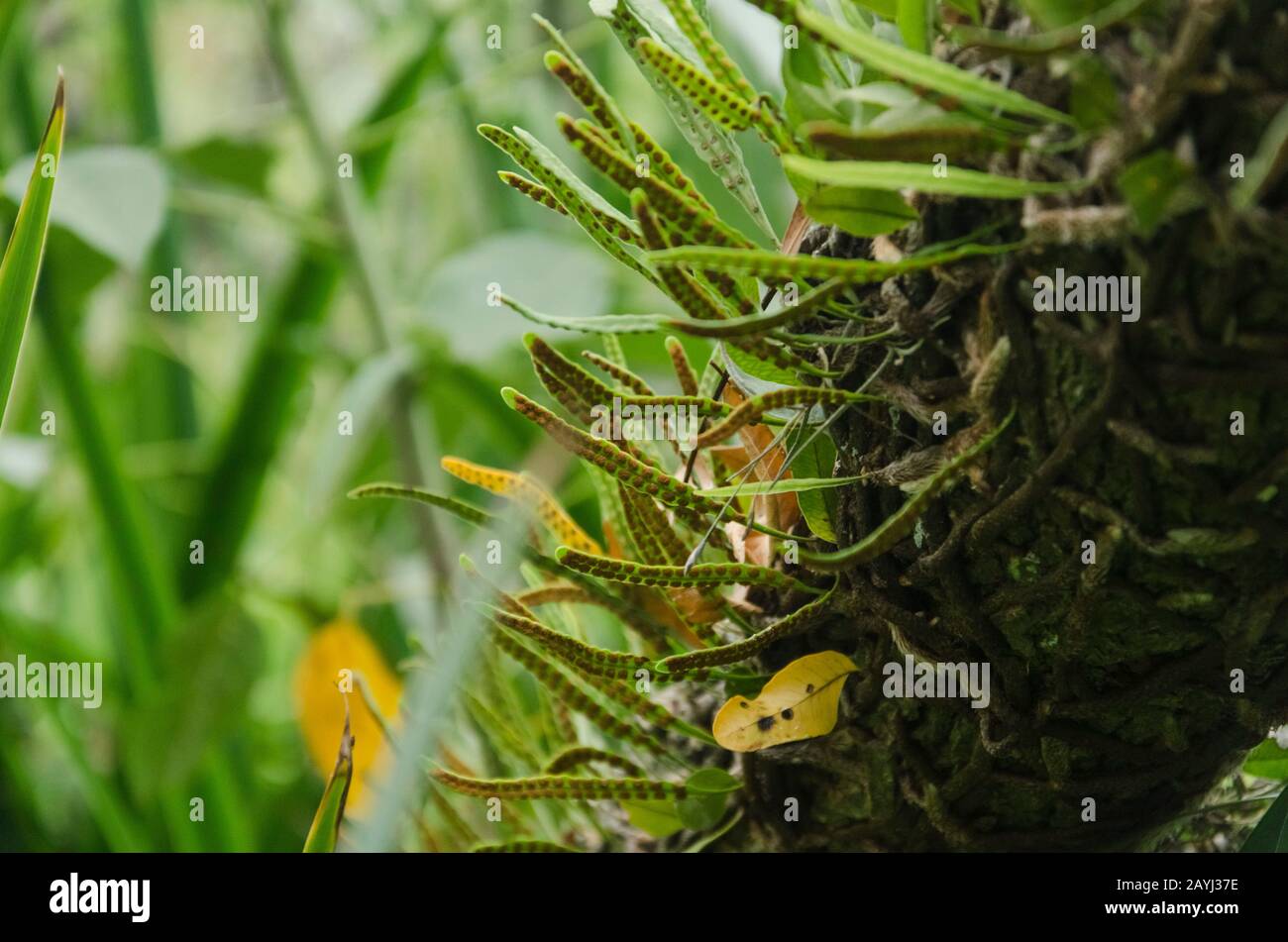
Non Vascular Plant Hi Res Stock Photography And Images Alamy
How Do Nonvascular Plants Get Water Nutrients Sciencing
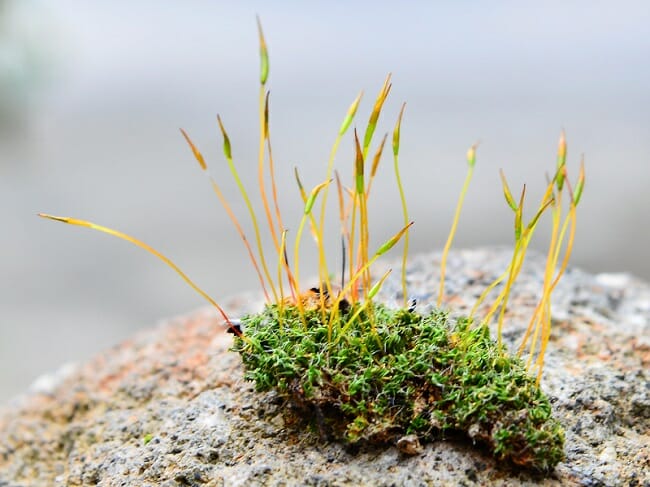
Nonvascular Plant Definition Examples Life Cycle Biology Dictionary

Vascular Vs Non Vascular Plants By Alex Holowaty
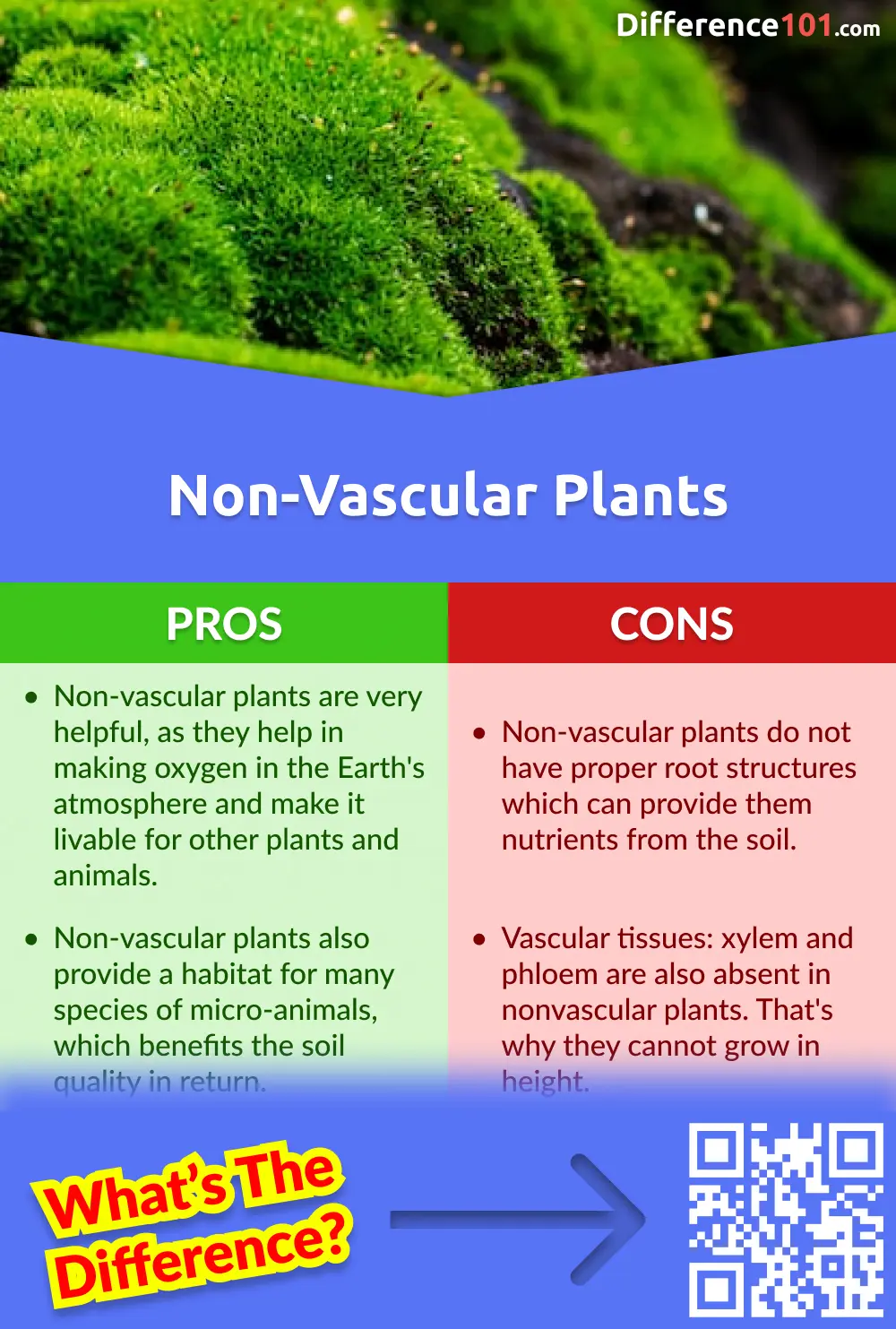
Vascular Vs Non Vascular Plants 5 Key Differences Pros Cons Examples Difference 101
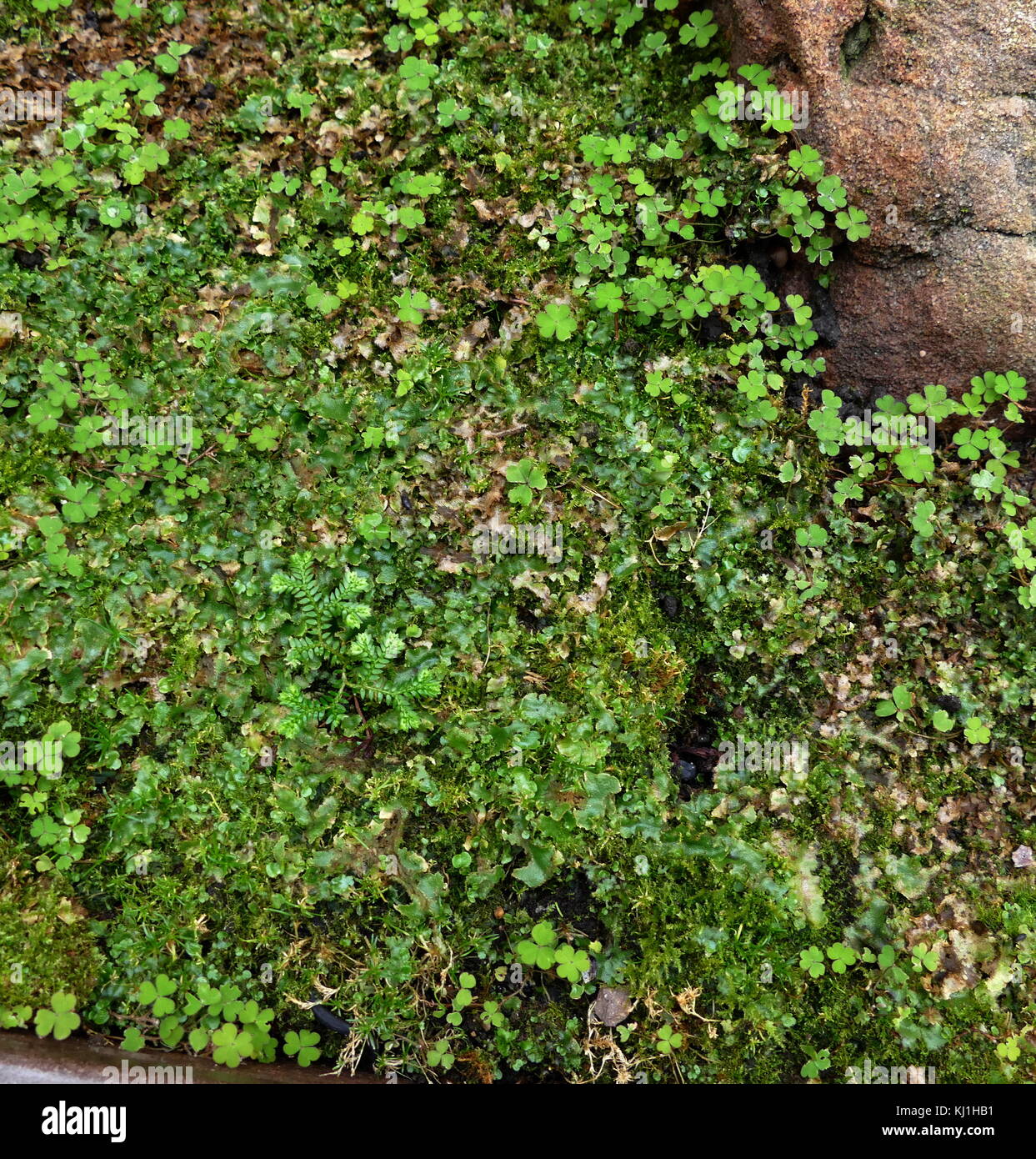
Non Vascular Plant Hi Res Stock Photography And Images Alamy
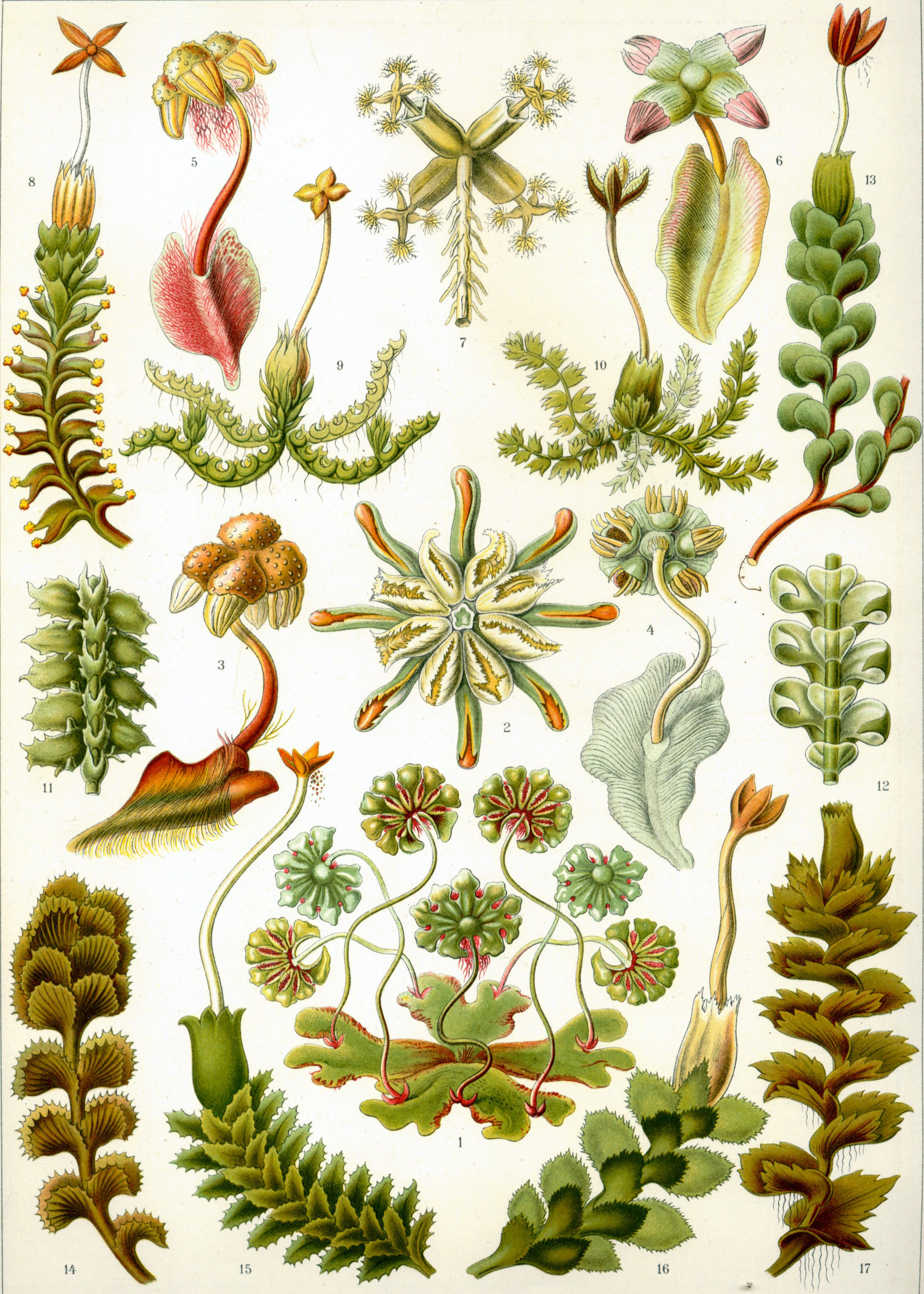
5 Non Vascular Plants And Plants Without Seeds Laboratory Manual For Sci104 Biology Ii At Roxbury Community College

Non Vascular Plants Flashcards Quizlet
:max_bytes(150000):strip_icc()/mosses-5b4cced546e0fb005bdb4199.jpg)
Characteristics And Pictures Of Non Vascular Plants

Non Vascular Plants Basic Biology

Non Vascular Plant Wikipedia
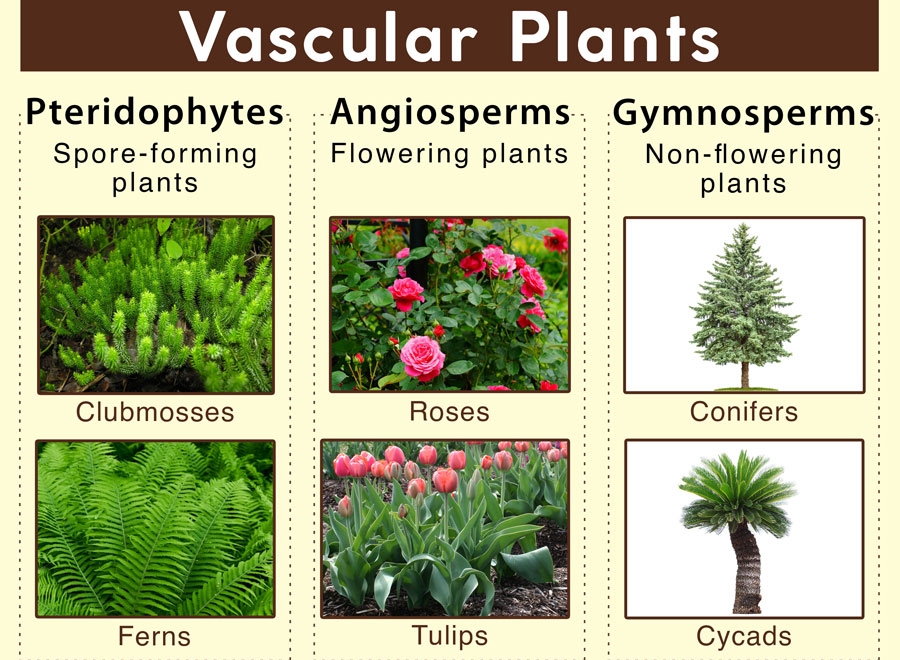
Vascular And Non Vascular Plants Agriculture Wale
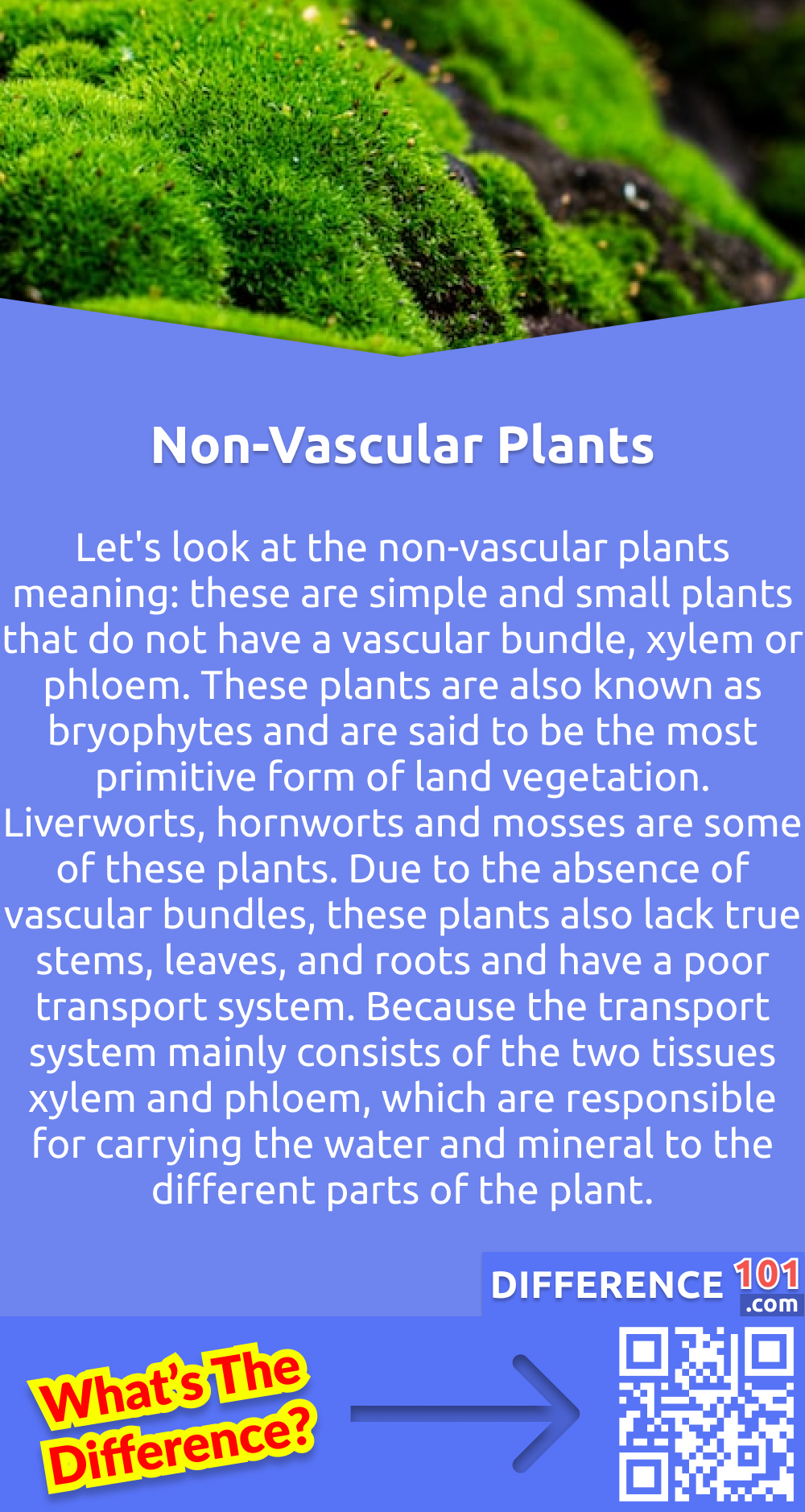
Vascular Vs Non Vascular Plants 5 Key Differences Pros Cons Examples Difference 101

9 7 Nonvascular Plants Biology Libretexts
6 3 Non Vascular Plants Biology Libretexts
Difference Between Vascular And Nonvascular Plants Difference Between